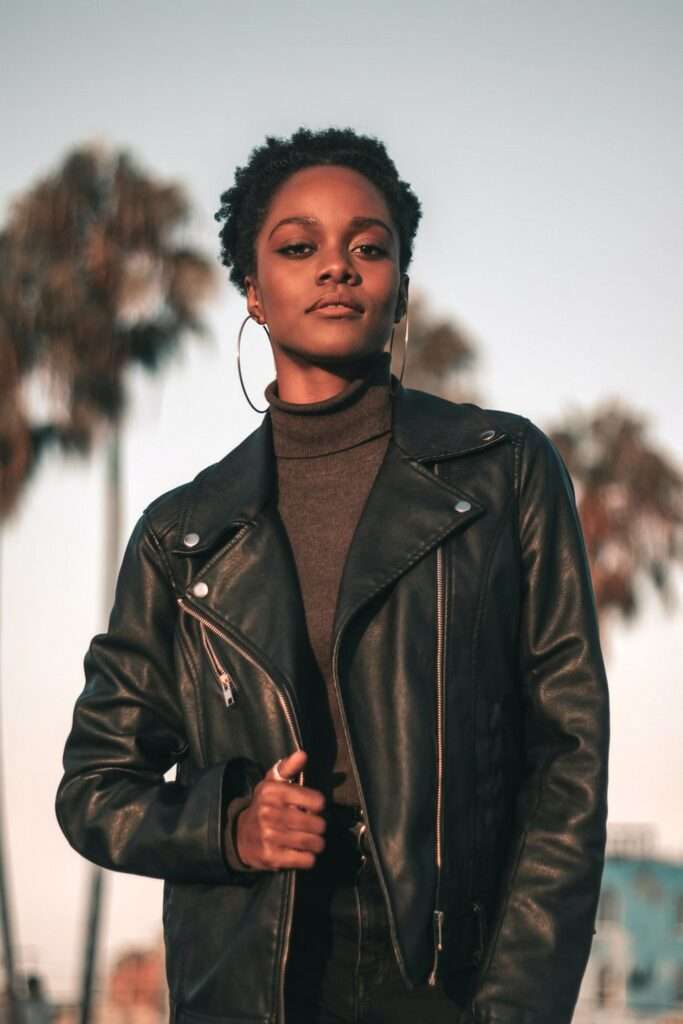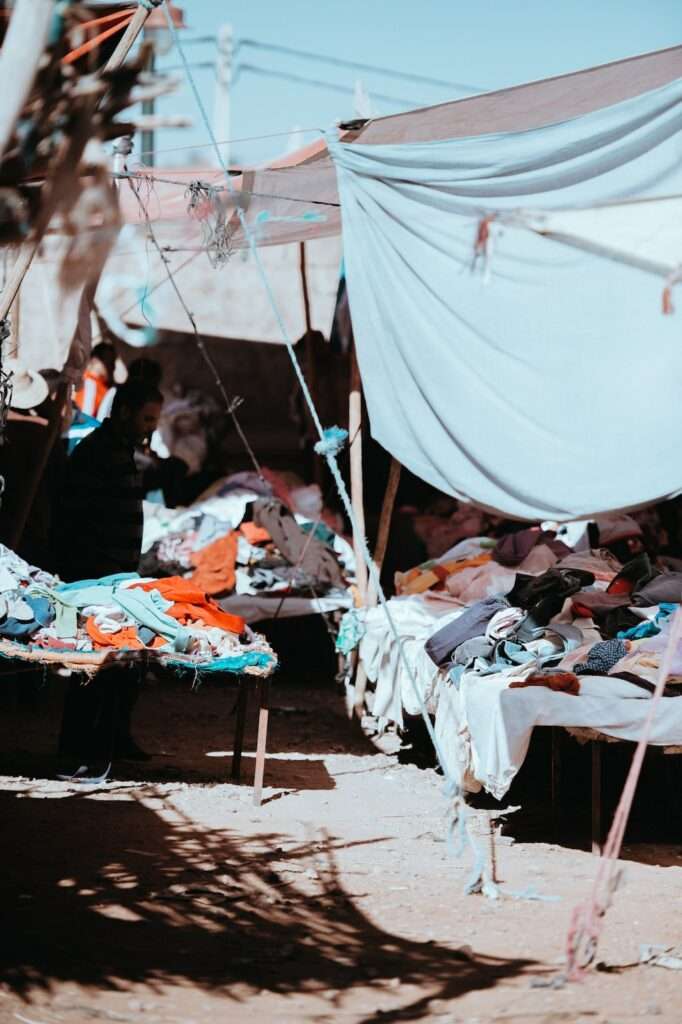Wearing clothing better suited to your skin tone could help keep it out of a landfill longer. Is it time to try a color analysis?
New fashion trends are always coming and going, and for the most part, this isn’t great for the planet. Constantly changing up our wardrobes results in over-consumption, which results in waste. Research suggests that the average consumer in the U.S. throws away more than 81 pounds of garments every year. Most of those will end up in the landfill. But, if we adopt it wisely, one new trend (which, shock, is actually an old trend rehashed) could help us cultivate more sustainable fashion habits, rather than fuelling more and more waste. Enter: Color analysis.
Why color analysis goes hand in hand with sustainable clothing habits
When people undergo color analysis, it means that they pay an expert to help them find out which shades suit them best. Usually, these shades are based on seasons. Some people look best in winter tones, which are usually cool, deep, and bright shades, while others suit a spring palette of pinks, greens, and yellows. Summer shades tend to have blue or beige undertones, while fall, of course, is warm and earthy.
A few things help to determine a person’s color analysis, including eye color, skin tone, and hair color. “Overall appearance must be taken into consideration to create the most flattering and harmonious effect for every individual,” Jules Standish, consultant, author, and head of color at the London College of Style, told the Telegraph earlier this year.

Finding the shades and tones that suit you, and that you love, can help you build a wardrobe with staying power. When you shop (be it from a sustainable label or on a secondhand app), you can keep your color palette in mind and use it to help inform your choices. This increases the likelihood that you’ll love your new item and reduces the chance of it ending up in the trash anytime soon. “When you understand your colors – you no longer waste your time and money on clothes that don’t suit you – and you can be much more considered with your consumption of new things,” says color analysis Essie Walker in an interview for Eco-Age.
She added: “Shopping second-hand, thrift or vintage should be encouraged and I love to do that with my clients – I do however think in general, that people’s attitude towards consuming clothing and their pace of shopping still needs to change, and this is where I think color analysis can help because it forces you to slow down.”
Don’t fall into the trap of producing more waste
But there’s a catch. Color analysis can also be used as an excuse to purge old clothes and replace them with new ones. This will only generate more waste, which is detrimental to the planet. When clothes end up in landfills, they contribute to potent greenhouse gas emissions and, if they’re made with synthetic fibers, they won’t biodegrade either. Often, donated secondhand clothing that isn’t up to scratch also ends up as waste. Much of it gets sent to African countries like Uganda and Ghana, for example, where it will still, inevitably, end up in a landfill.

So if you’ve had a color analysis and it’s revolutionized the way you see your clothes, don’t be tempted to immediately throw away or donate anything that’s not in your palette. Ask yourself: Can it be given to a friend or a family member? Can it be sold on a resale app, like Vinted or Depop? Or can it have a new life as something else? If you want to donate, look for charity shops that are asking specifically for clothing, and make sure the items are stain- and rip-free to increase the chances of them being bought.
And when you’re building your new color analysis-informed wardrobe, there are things to keep in mind, too. Choose items that don’t just suit your colors, but that you can also see yourself wearing for a long time. Go for versatility and style over short-lived trends, and think about how you can wear a garment in many different ways.
Could you start a capsule wardrobe, for example? (You can find seven easy steps for building the perfect capsule clothing collection here. And you can also find our advice on five important sustainable clothing habits here. Spoiler: it includes mending, repairing, and investing in good quality items.) Color analysis is a good first step toward finding clothes that you’ll love and wear for years — decades, even. When it comes to repairing our relationships with our wardrobes and fostering a long-term commitment to clothes we love, it is just one of many important tools. Just whatever you do, don’t treat it as a trend.
Related on Ethos:


